This Week in Logistics News (October 1 – 7)
Logistics Viewpoints
OCTOBER 7, 2022
Earlier this week, I read a sobering report from the national Retail Federation (NRF) regarding shrink. The recently released National Retail Security Survey shows that total shrink in 2021 reported by retailers is now almost a $100 billion problem. Most reported in-store, e-commerce, and omni-channel fraud are all on the rise.




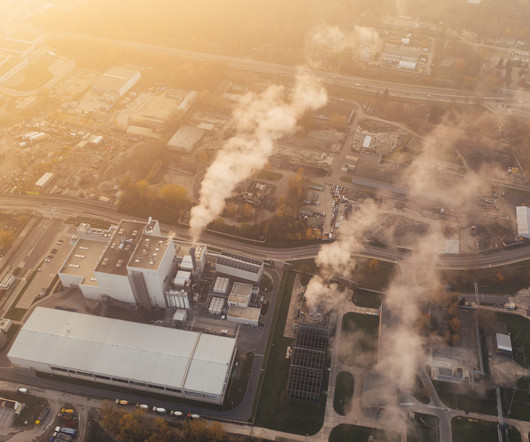
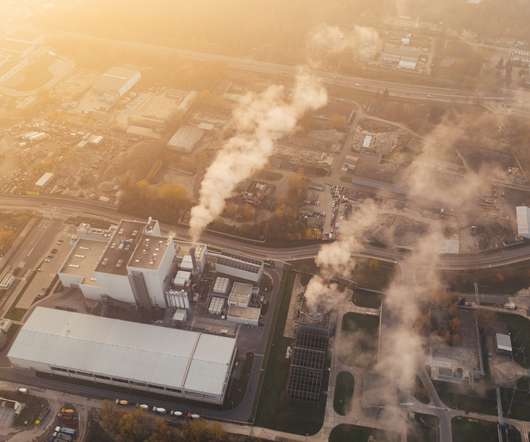



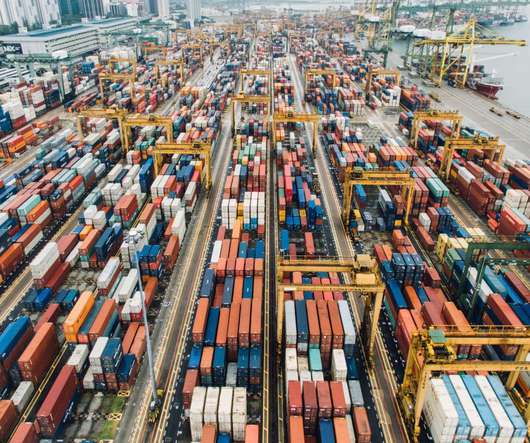

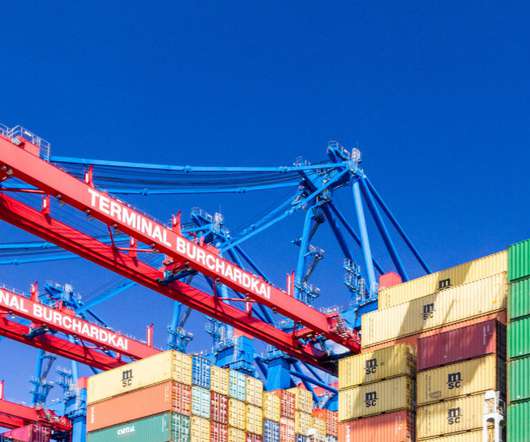
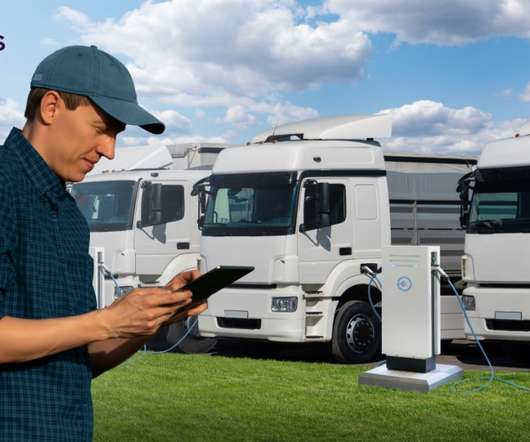

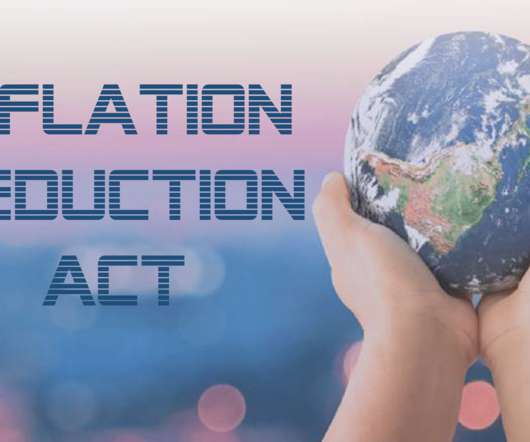










Let's personalize your content